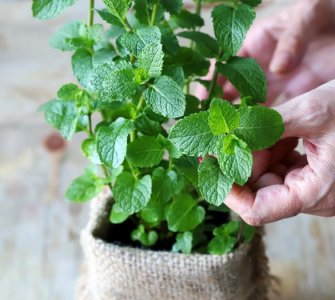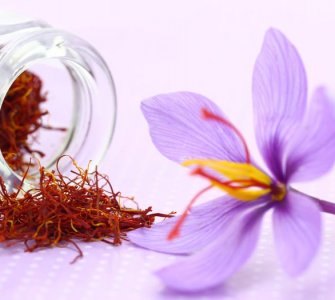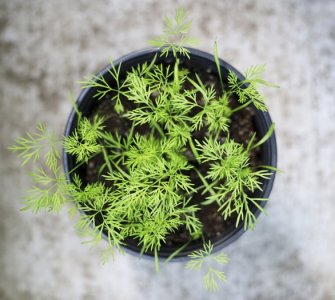Those tiny specks on the underside of plant leaves aren’t part of the leafy tissue but parasitic pests. Where there’s one, there are hundreds. Fight the fight successfully going all-natural.
Spider mites (Tetranychidae) are parasitic pests that are known to infect crops and plants. They are as tiny as a period mark on paper (0.4 mm.) Many indoor gardeners may not be aware of a spider mite infestation until webs begin to appear. Upon inspecting the plant leaves undersides, there appears to be numerous little specks. These specks are spider mites on plants.
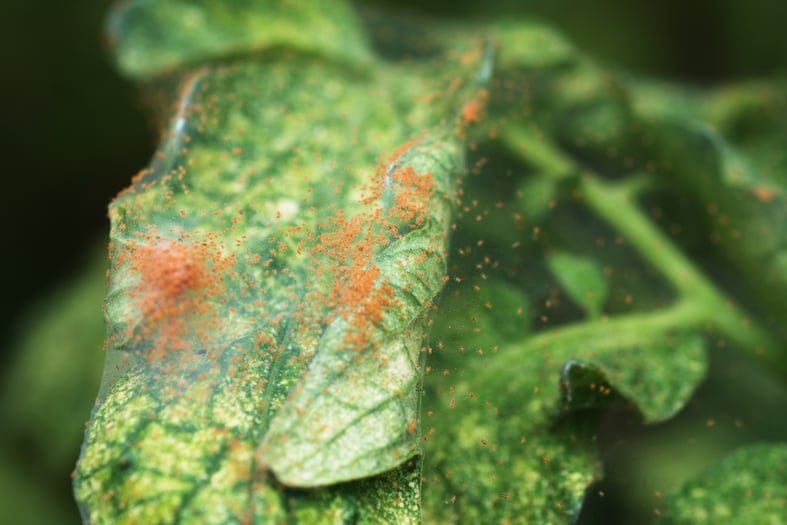
They vary in color and are black, red, orange, yellow, green, or brown. Some may be translucent. Black spider mites on plants are easily identified because of their dark color. The most common term used to identify spider mites is “two-spotted spider mite.” These have two large spots (one on each side) which are deposits of waste material within their body. Many people mistake red spider mites for chiggers (which are a completely different parasitic mite.)
Spider mites overwinter in the soil in areas where it gets cold; however, in the warmer regions they are feasting year-round on plant matter. Their most active time is during the dead heat of summer especially where it’s dry and arid. The fluid inside of the plant tissue is sucked up by the spider mites through a mouth that pierces the leaf.
Table of Contents
What Are The First Signs Of Spider Mites?
Spider mites are difficult to see with the naked eye; however, there are a few things to look for. One of the first things I notice are webs. If the plant is encased in quite a bit of webbing, that’s a good indication the plant is heavily infested.
The life cycle of a spider mite proves just how fortuitous these parasites are when it comes time to try getting rid of them. Spider mites lay eggs on the host plant. The eggs are entangled in silk webbing. This webbing protects the eggs from predatorial pests. Three days after being laid, the eggs hatch releasing the larva. The larvae go through two molts before they reach maturity which takes 5-20 days.
Clearly now, everyone can see why spider mites can pose a challenge to get under control. So, what are indoor gardeners when it comes to spider mites?
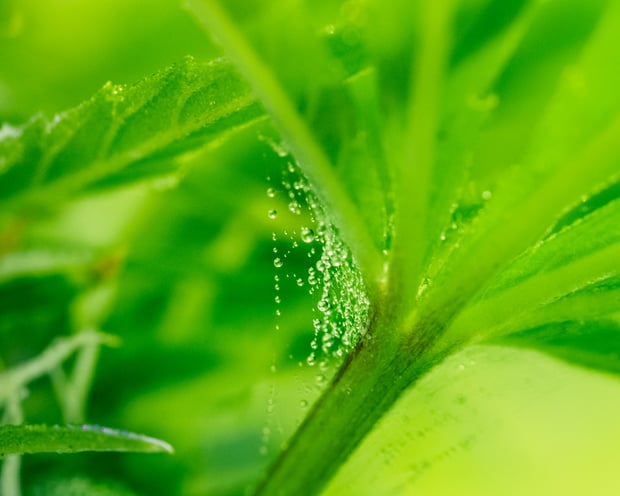
How To Get Rid Of Spider Mites Naturally On Indoor Plants
As a planet-friendly gardener, I prefer to use natural, organic means when faced with a pest problem. Pesticides laced with chemicals pose a risk for humans, animals, and the ground we walk upon.
So, when spider mites pop up on the radar, I use natural controls.
1. Preventative Controls
I once had a highly respectable horticultural expert tell me that the first line of defense against pests is prevention. By practicing aggressive preventative controls, spider mites may never be an issue.
Preventative controls include quarantining new plants brought into the house. Readers often ask me, “Where do spider mites come from on indoor plants?” They are notorious hitchhikers and find their way indoors by way of infested plants or plant matter. Any plant acquired outside of the home should be placed in a separate room for at least 2 weeks. Inspect it for any signs of spider mites before introducing it to areas where other indoor plants are.
2. Gentle Garlic Oil Water Bath And Quarantine
If by some chance spider mites manage to make their way to indoor plants, don’t waste any time. Procrastination leads to severe infestation. I remove the infested plant from the area (to protect my other plants) and take it to our outdoor shop building to give it a gentle tepid water bath.
While running the water over every inch of the plant, I gently use my fingers to remove the spider mites and webbing as they move on down the drain. Next, I saturate the entire plant with garlic oil (which is proven to be effective.) The plant now goes into quarantine in a separate room for several weeks. I carefully monitor it for any signs of spider mite life. If there are, I move on to my “heavier arsenal.”
I want to caution gardeners to be careful in spraying plants near other plants. I learned this the hard way when the breeze carried weed killer to my nearby roses. Anytime I spray or bathe plants, I have a dedicated area in an outdoor shop building.
3. Neem Oil Treatment
Applying Neem oil to all above soil parts of the plant helps to rid the plant of spider mites. The Neem oil smothers the spider mites, larvae and eggs. Multiple applications may be needed. Neem oil is a gardener’s best ally and should be part of an indoor garden tool arsenal.
4. Deploying Predatorial Lady Bugs
There’s nothing more delicious to a ladybug than spider mites. I take the infested plant and place it into a mosquito head net with a drawstring. Instead of protecting the plant against insects, I am going to release some of the ladybugs into the netting where the plant will remain for several weeks. Once the ladybugs have done their job, I simply release them outside. The plant goes into quarantine in another room for 2 weeks to ensure it is free of spider mites.
5. Discarding The Plant
As much as I fight hard to save my plants, there are times where I have to accept that the spider mite infestation is too massive to treat. In cases like this, I place the plant into a trash bag, tie it up and discard it. After all efforts have been exhausted, I have to think about my other plants.
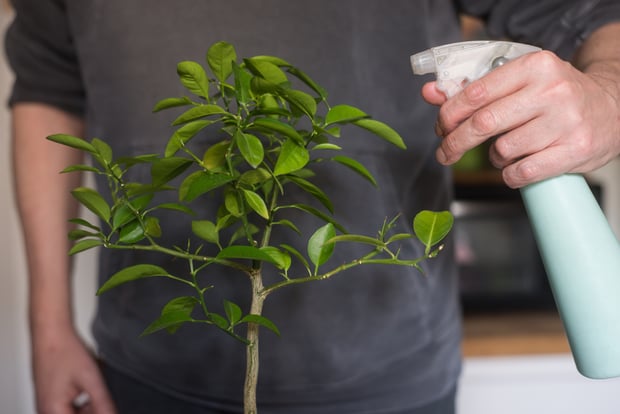
Can Spider Mites Infest A House?
Unlike what many think, spider mite infestations don’t travel throughout the house but they will infest nearby plants indoors. Spider mites feed on plants so that is their preferred locale indoors.
Soapy Oils: Safe Or Unsafe?
There’s a lot of gardeners who use natural controls that also include a soapy oil solution that is sprayed onto the plant. This soapy oil is made by combining water, castile soap and oil (vegetable or mineral.) The solution is sprayed on the plant where it remains.
The caveat to using soapy oil is it can be part of a “perfect storm” for plants as mentioned by Clemson College of Agriculture. If applied to a plant under stress from lack of water, a plant in direct sun, or on a day when temperatures pass 90 degrees (F) (32 degrees C,) or the humidity is high, the plant can easily be damaged.
Certain plant species are predisposed to having a sensitivity to soapy oil, so if the solution is applied to one of any of these plants, it can prove to be harmful. Some of these indoor plants include Bleeding Heart, Maidenhair Fern, Easter Lily, Geranium, Fuchsia, and more.
Can Plants Recover From Spider Mites?
The fate of a plant depends on how severe the infestation is and the quick action taken to treat the plant. Multiple treatments may be required raising the stress level of the plant. Some plants survive while others end up in the trash can.
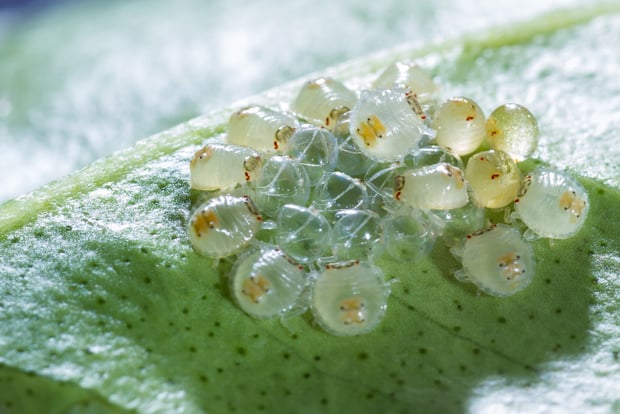
Tiny But Mighty
Knowing how to get rid of spider mites on indoor plants is something all indoor gardeners should be prepared for. I stay away from chemical laced pesticides and go the natural route and have had success with my methods. Spider mites may be mighty in numbers but I am prepared for them!
